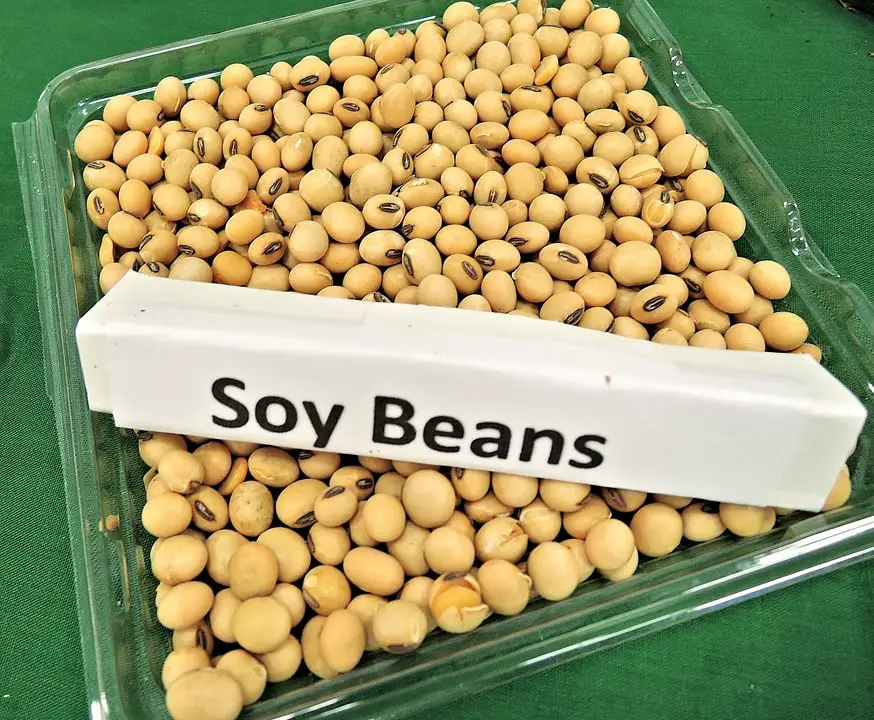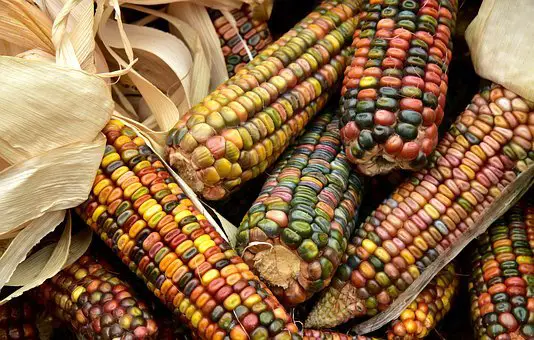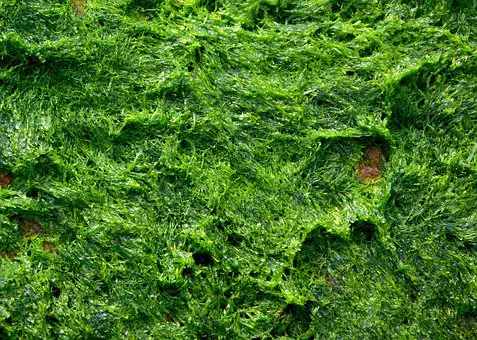Biofuel is a fuel producing method from plants, vegetables and animal waste etc. Ethanol is biofuel worldwide, biodiesel is manufactured from vegetable oil, animal fats etc.
What are biofuel sources, first person used biofuel, ethanol and biofuel making process and Rudolph Diesel invention shared today.
What is Biofuel
A method of producing fuel from plants, vegetables and any fuel that is derived from biomass, plant, algae material and animal waste. Biofuel is a source of renewable energy, unlike fossil fuels, such as petroleum, coal and natural gas. It is commonly advocated as a cost effective and environmental friendly.
Algae are usually small plants that grow in or near water and do not have ordinary roots or leaves. Biofuel from algae is being made.
Types of Biofuel
Gaseous biofuel
- Biogas and biomethane and syngas.
Liquid biofuels
- Ethanol, biodiesel, green diesel, straight vegetable oil, bio ethers.
Two most common types of biofuel in use today:
- Ethanol and biodiesel.
Both are from first generation biofuel technology
- Ethanol- Used in engines that burns gasoline, mostly cars.
- Biodiesel- Used in engines that burn diesel fuel, like trucks and tractors.
- Biojet fuels- Used in planes.
What is Ethanol
Ethanol fuel is the most common biofuel worldwide, particularly in Brazil. It is also known as alcohol fuel. Ethanol can be used in petrol engines as a replacement for gasoline. It can be mixed with gasoline to any percentage. Ethanol is alcohol, that is made from molasses and molasses are produced when sugarcane is send to sugar mills.
Advantage of ethanol - It has a higher octane rating than ethanol free gasoline available at roadside gas stations, which allows an increase of an engines compression ratio for increase thermal efficiency.
Ethanol making process
Corns and sugarcane harvested then bacteria digest it. This is done under special conditions where oxygen levels are low. This process is fomentation that produces ethanol.
What is Biodiesel
Biodiesel is renewable biodegradable fuel manufactured domestically from vegetable oil, animal fats, or recycled restaurant grease. It is produced from oils or fats using transesterification.
Biodiesel making process - For biodiesel the process requires is chemical reactions the most common is called transesterification which is process of breaking down fats catalyzed by methanol.
Biofuels are of 2 types one which is mixed with petrol and sometimes you can purely run your vehicle purely on ethanol. Molasses are produced when sugarcane is send to sugar mills then apart from producing sugar the bioproduct is molasses, and molasses when they are distilled they produce alcohol and the same alcohol can be used for mixing with petrol.
In Brazil there are vehicles that run on various kinds of mixes of petrol and alcohol, sometime you can run on 100 percent of alcohol.
The other process of making biodiesel is from various plants which are very similar to oil seeds and they make oil. Jetrofa (cactus like plant) is a very common plant that makes oil and from that oil by transesterification diesel is made.
Top 10 sources of Biofuel
1. Cellulose
Cellulose is basically fiber, and can be found in things ranging from switchgrass to trees such as hybrid popular and willow. Corn, stalks after harvest could be used for cellulose fuel.
2. Algal oil
As I have already mentioned that algae are grown in water. Algae can store up to 50 percent of body weight in fat, just waiting to be rendered into oil for ethanol production. They also grow amazingly fast, so its a crop that could meet high demands for energy over the long term.
Algae grow so fast they overcrowd each other. There is a huge potential because it grow's so fast and it totally depends on you how much oil you can grab from it.
3. Corn
Corn ethanol is more sustainable than petroleum. Corn is one of the best options we have available now the only issue is the process is expensive and has high energy consumption rates. The majority of corn ethanol in the United States is produced by dry milling.
4. Soy
Soy has been a popular biofuel for several years now. In a process called transesterification
Produces the oil from seeds and use it in products such as biodiesel and jet fuel.
5. Sugar cane
Sugar cane is a developed technology that is already in wide spread use. Sugarcane has great potential as a major feedstock for biofuel production worldwide. It is considered among the best options for producing biofuels today due to an exceptional biomass production capacity, high carbohydrate (sugar+fiber) content, and a favorable energy input/output ratio.
6. Camelina and Jatropha
Camelina and Jatropha are both plant based fuel sources that are found all over the world. These plants have an advantage over other seed based fuel like soy because they can be grown in very dry areas. Jatropha has the added benefit of making even poor soil more fertile over the time.
7. Rapeseed
It is also known as canola oil, rapeseed oil is rendered from a plant, mostly found in Canada. Similar to soy it is cheap and easy to produce. Rapeseed oil is the main source of quality biodiesel which is important platform chemicals produced by the oleochemical industry.
The process of rapeseed oil preparation consist of seed cleaning, preconditioning, flaking, cooking, screw pressing, solvent extraction, desolventizing, distillation and degumming.
Transesterification is the best way to obtain biodiesel because it is well known and cheap process which gives less problem for the engines than another methods.
8. Animal fat
Fat from animal food product can be rendered into oil and then used as a fuel for cars and trucks. Animal fat is used in many industrial products so there would be coopetition for resources.
9. Methane
Methane is produced by the process of anaerobic digestion of organic material by anaerobes. It can be produced either from biodegradable waste waste materials or by the use of energy crops fed into anaerobic digesters to supplement gas yields.
Microorganisms decomposing organic matter like food, compost and other landfill materials create methane, so it is already being produced in dumps around the world. The gas also burns cleaner than many of the fuels.
10. Kale
Kale had a foodie trend moment, but it's not just a powerful antioxidant used in salads and smoothies. It's actually a vegetable that produces a powerful biogas yield. Kale can be turned into a kind of bio crude that can be further refined into a biofuel.
Biofuel generations
Soyabean, corns and algae are 1st, 2nd and 3rd generation biofuels.

First Generation Biofuels
First Generation biofuels are produced directly from food crops by abstracting the oils for use in biodiesel or producing bioethanol through fermentation.

Second Generation Biofuels
Second Generation biofuels are produced from non food crops such as wood, organic waste, food crop waste and specific biomass crops. Second generation biofuels have been developed to overcome the limitations of first generation biofuels.

Third Generation Biofuels
Third Generation biofuels are produced from engineered energy crops such as algae. The algae are cultured to act as low cost high energy, and entirely renewable feedstock.
4th Generation Biofuel
The third and fourth generations of biofuel production involve "algae to biofuels" technology.
Ethanol- can be made by corn, sugarcane, sugar beet, wheat grass, and inedible parts of most plants.
Biodiesel- can be made from Jetropha (cactus like plant), camelina (flowering plant), soybeans, rapeseed, canola oil, palm oil, peanut oil, vegetable oil, animal fat, algae oil.
Today biomass is used to produce biofuels that are used together biofuels or even replace them.
About 25 gallons of ethanol are made each year as fuel, and each year about 1 billion gallons of biodiesels are produced.

Who is Inventor Rudolph diesel
Biofuel was first used by Inventor Rudolph diesel it was developed in 1890s. One of the mysterious case of Rudolph diesel is he used biofuel vegetable oil for automobiles.
First engine motor car was run on fuel was run on biofuel, and Mr. Diesel who's name has become very popular and we use diesel, he used biofuel vegetable oil to make automobile and run automobile on that.
The term biofuel is mostly used in context of liquid fuels like ethanol and biodiesel, biofuels can also includes solid fuels like wood palates and biogas or sign gas.
Conclusion - Biofuel and biodiesel meaning, ethanol making process, top 10 biofuel sources, generations and biofuel 1st user name is disclosed.
